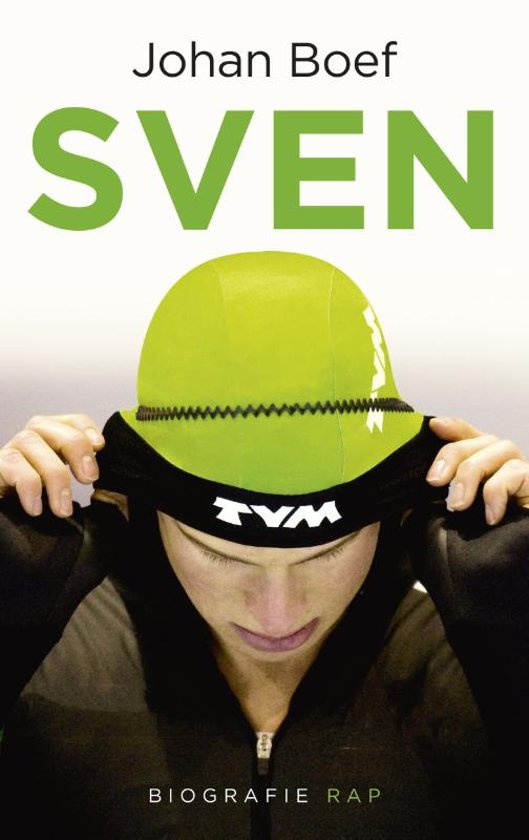Kleine samenvatting van
Dit (Japanse) artikel beschrijft een onderzoek naar de nauwkeurigheid van 2 verschillende numerieke modellen voor het voorspellen van de performance van 'sail shapes'.
Om dat te doen is onder stricte condities de sail shape gemeten(camera's) en tegelijk de krachten in X, Y en Z door de tuigage op de boot (load sensors).
En dan worden de model-outputs vergeleken met de meetresultaten:
Numerical calculations are performed using the measured sail shapes. The calculation methods are of two types; Reynolds-averaged Navier-Stokes (RANS)-based CFD and vortex lattice methods (VLM).
De tests worden allemaal uitgevoerd bij 10 tot 20 kts wind, met Main, 130% en 75% voorzeilen. Met die wind is er geen significant verschil in windsnelheid beneden en boven, zeggen ze. Klinkt aannemelijk:
It can be seen that the wind gradient of this area is not so significant. From this reason, the wind gradient was not taken into account for the numerical calculation. This means the apparent wind angle and speed are assumed to be constant in the vertical direction.
Dan gaan ze draft varieren, in diverse configuraties van zeilen. Dit gaat over de main:
The mainsail draft was changed by varying the tensions of the back stay and check stay, and the position of the mainsail outhaul. The twist of the mainsail was controlled to keep the exit angle of the top batten parallel with boom angle by varying the main sheet tension. The experiment was performed keeping AWA as 30 degrees and twist angle as around 16 degrees. The jib shape was fixed during varying the mainsail draft. The mean draft is defined as the average of maximum draft of four sections of the mainsail from 20% to 80% heights.
The mean draft ranges from 6.6% to 13.1% for port tack. By varying of 6.5% in mean draft, the value of CX in figure (b) changes from 0.47 to 0.59 (21%), and CY from 1.26 to 1.49 (18%).
It can be seen that the maximum CX (i.e. thrust) point exists at around 10 to 12% of mean draft.
Dus de maximale voorstuwing (thrust) bij een vrij vlak zeil (10 a 12% draft, bij wind 10 tot 20 kts).
Dan komt de twist aan de beurt, ook weer apart voor diverse configuraties:
The mainsail twist was changed by varying the main sheet tension. The boom angle was kept to be parallel with the boat centerline by moving main sheet traveler. The experiment was performed keeping AWA as 30 degrees and mean draft as around 10%. The jib shape was fixed during varying the mainsail twist. The twist angle is defined as the angle between boom line and section chord line at 80% height.
The twist angle ranges from 4.5 degrees to 24.9 degrees for port tack. By varying of 20.4 degrees in twist angle, the value of CX in figure (b) changes from 0.35 to 0.41 (17%), and CY from 1.17 to 1.40 (20%).
It can be seen that the maximum CX (i.e. thrust) point exists at around 15 degrees of twist angle. The considerable decreasing of CY with increasing of twist angle is also worth notice.
Maximale voorstuwing bij deze wind (10 tot 20 kts) is er bij 15 graden twist. Overigens werd die twist van 4,5 tot 24,9 graden gewijzigd maar op 80% hoogte gemeten. Over de hele hoogte dus vermoedelijk 25% meer twist, 5,5 tot 30 graden.
Afnemen van zijwaartse kracht (Cy) met toenemende twist: logisch, het zeil werkt met meer twist minder hard en zeker minder hard in de dwarsrichting.
Dit onderzoek was vooral bedoeld om de kwaliteit van beide numerieke modellen te testen. Die konden nog wel wat verbeteringen gebruiken.
Niets over het verband tussen wijzigen van twist en wijzigen van draft.....
Waarmee nog steeds niet gezegd is dat die twee onafhankelijk zijn.
Nu het boek van Tom Whidden lezen.....























